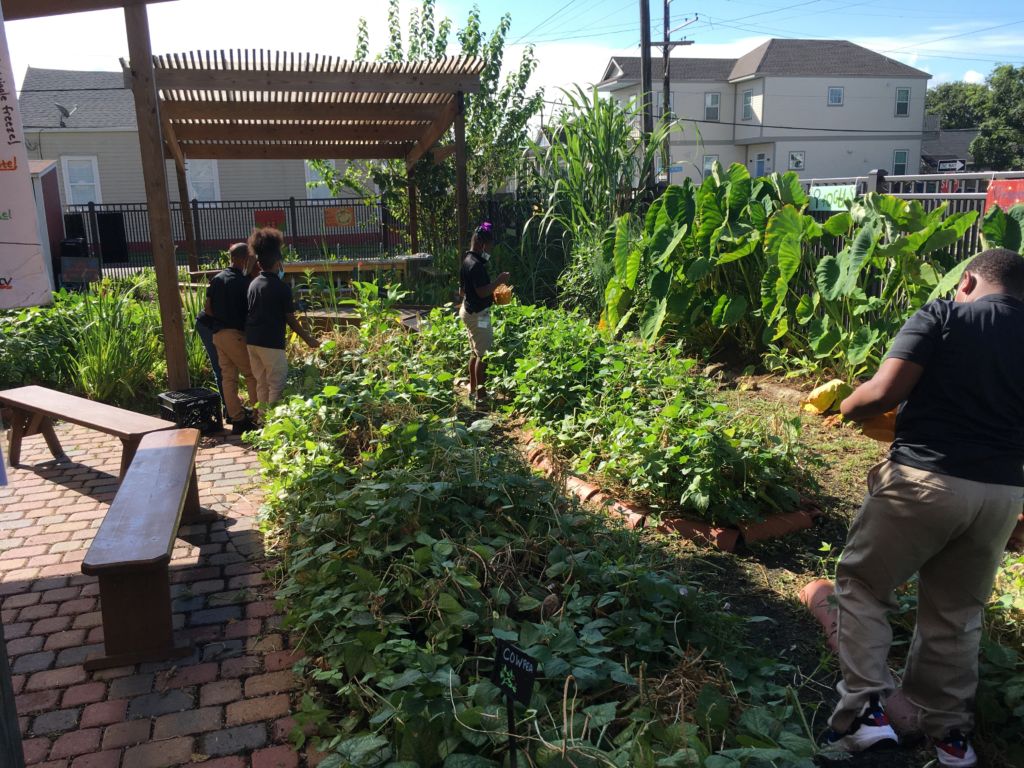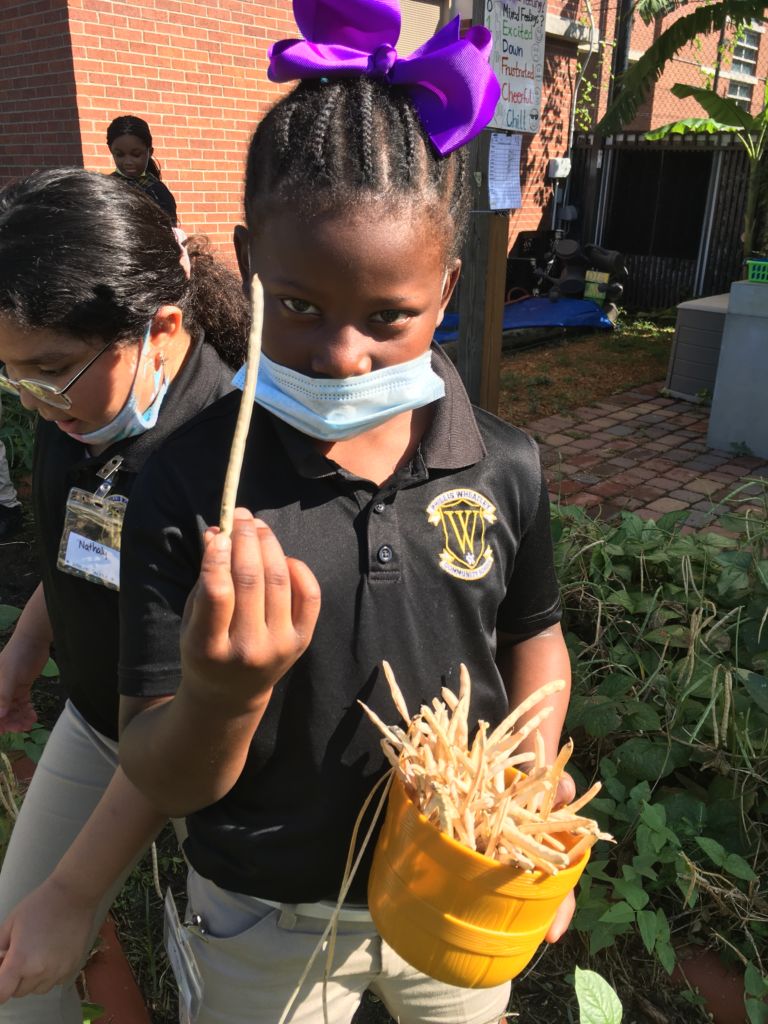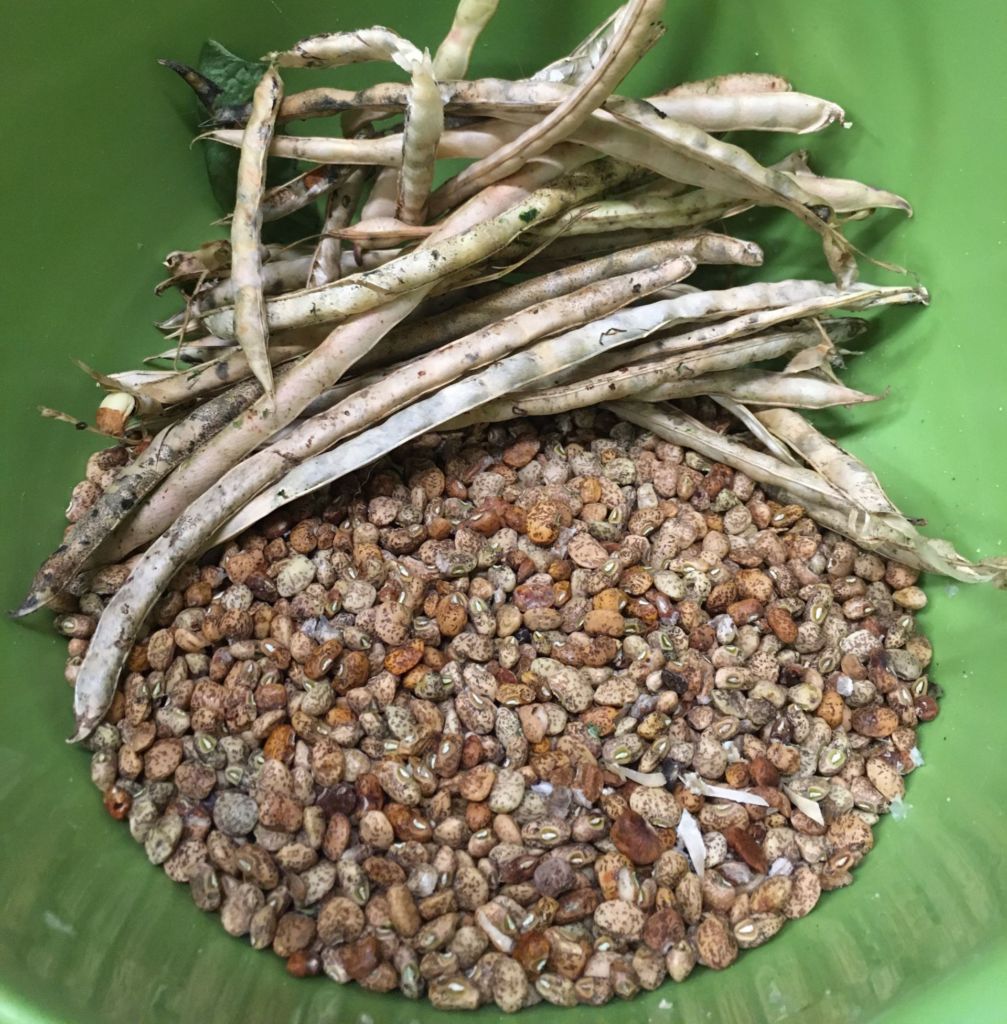On August 29th, 2021, Hurricane Ida shook Southern Louisiana. Our school gardens sustained various damages from the wind: downed trees and trellises, plants stripped of their leaves, one very old greenhouse at Green that had all its panels removed.
When students returned to school, garden teachers used the moment to practice observation skills—Can you tell which way the wind was blowing? Do you notice plants already sprouting new growth?—and as a metaphor for social and emotional self-reflection—Where did you feel the strain of this disaster on you the most? What part of you is already sprouting new leaves?
The good news is that our generous community of volunteers quickly came to our aid to clear debris and prepare gardens for students’ return, and that all of our garden animals made it through the storm just fine. In fact, the chickens laid more eggs over the hurricane weekend than usual!
When reviewing the damage, we noticed that Wheatley’s garden was able to recover from the storm quite quickly. A central reason why was because early in the summer the team had planted cowpeas as a cover crop.
There are lots of reasons to plant cowpeas. They make a weed barrier during the hot summer months, reducing the need for labor when most of our staff is on break. Cowpeas are also legumes that improve the soil. When the team planted the cowpeas, they inoculated the seeds with Rhizobium, a bacterium that creates a symbiotic relationship with leguminous plants. This encourages nitrogen-fixing nodules to form on the roots, helping cool-season veggies like tomatoes, peppers, eggplants, and leafy greens utilize nitrogen in the soil.
When students came to school in early August, they were able to get to work harvesting and cooking Wheatley’s cowpea crop. They learned how to make Akara, a West African cowpea fritter. Students also learned about the cultural history of the crop: how African people braided the seeds of cowpeas and other traditional crops into their hair when they were forcibly removed from their homeland and forced to work in slavery in the United States. Cowpeas, alongside other African and Latin American crops grown in our school gardens, are reminders of the ingenuity and resilience of our students’ ancestors.
When Hurricane Ida hit, Wheatley’s cowpeas stood strong. Close to the ground, tightly knit, and firmly rooted, they braced for the wind and held firm. After the storm, there was little to do in the garden to clean up; it was time to cut down the cowpeas and plant cool-season crops. The spent stems and leaves of cowpeas made fertilizer for the next crop. Even when their life cycle in the garden is long over, the legacy of the resilient cowpea will continue to inspire and fuel our community’s recovery.






